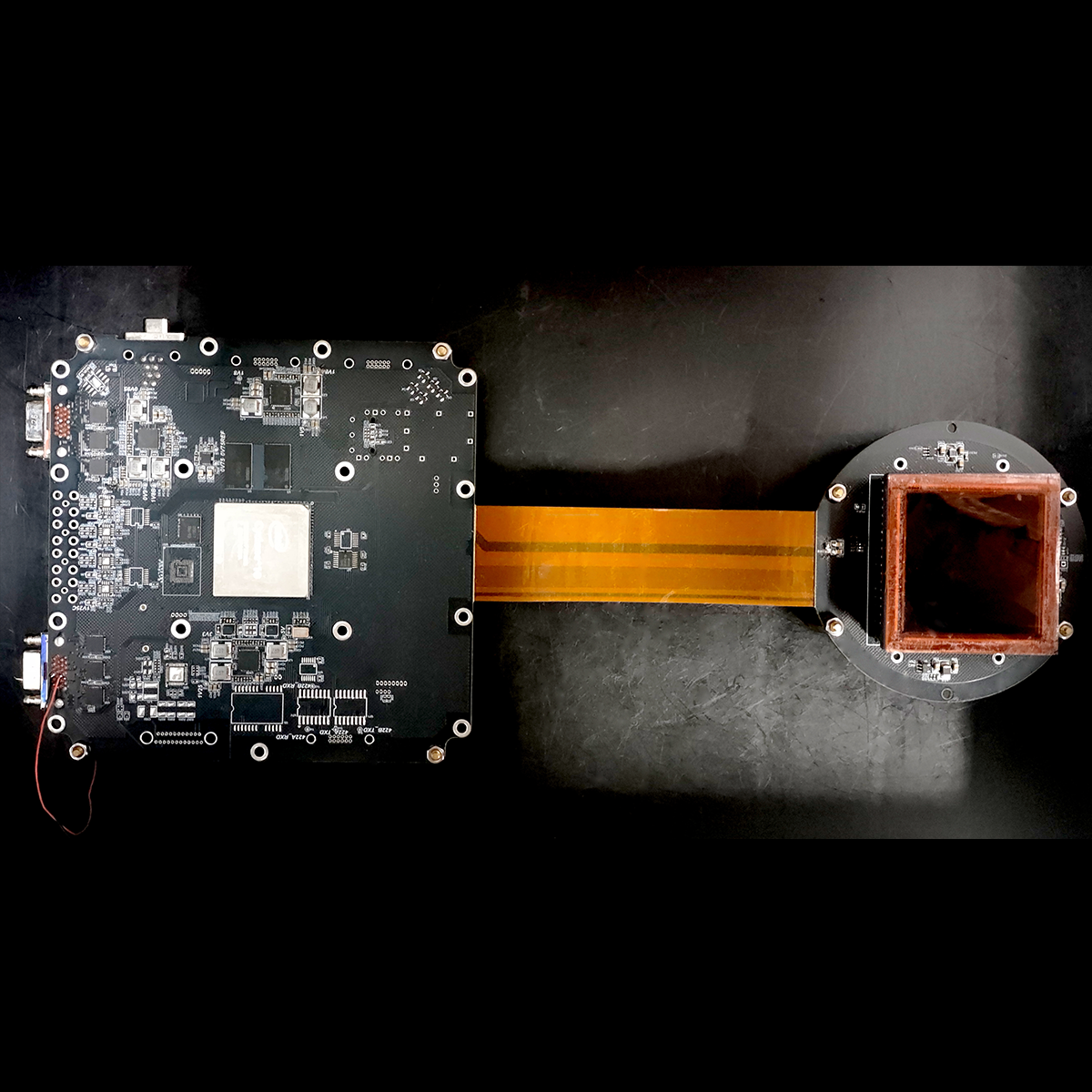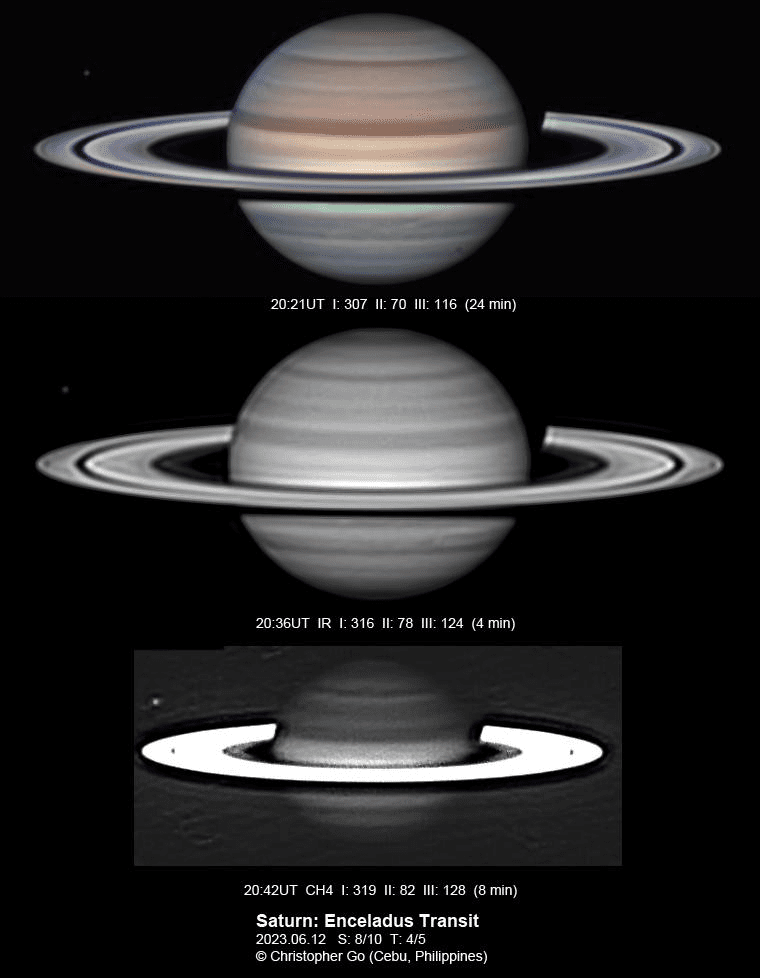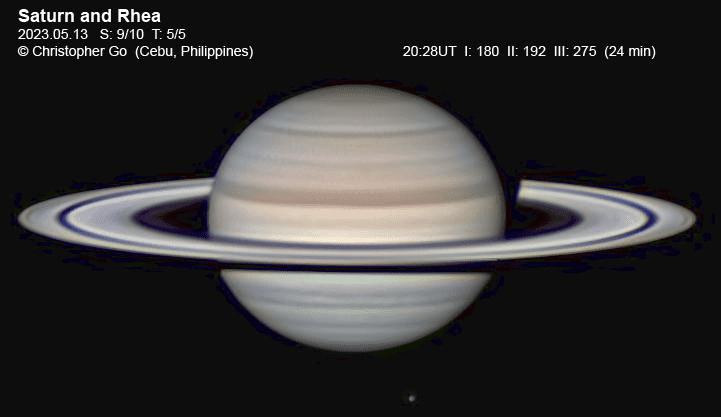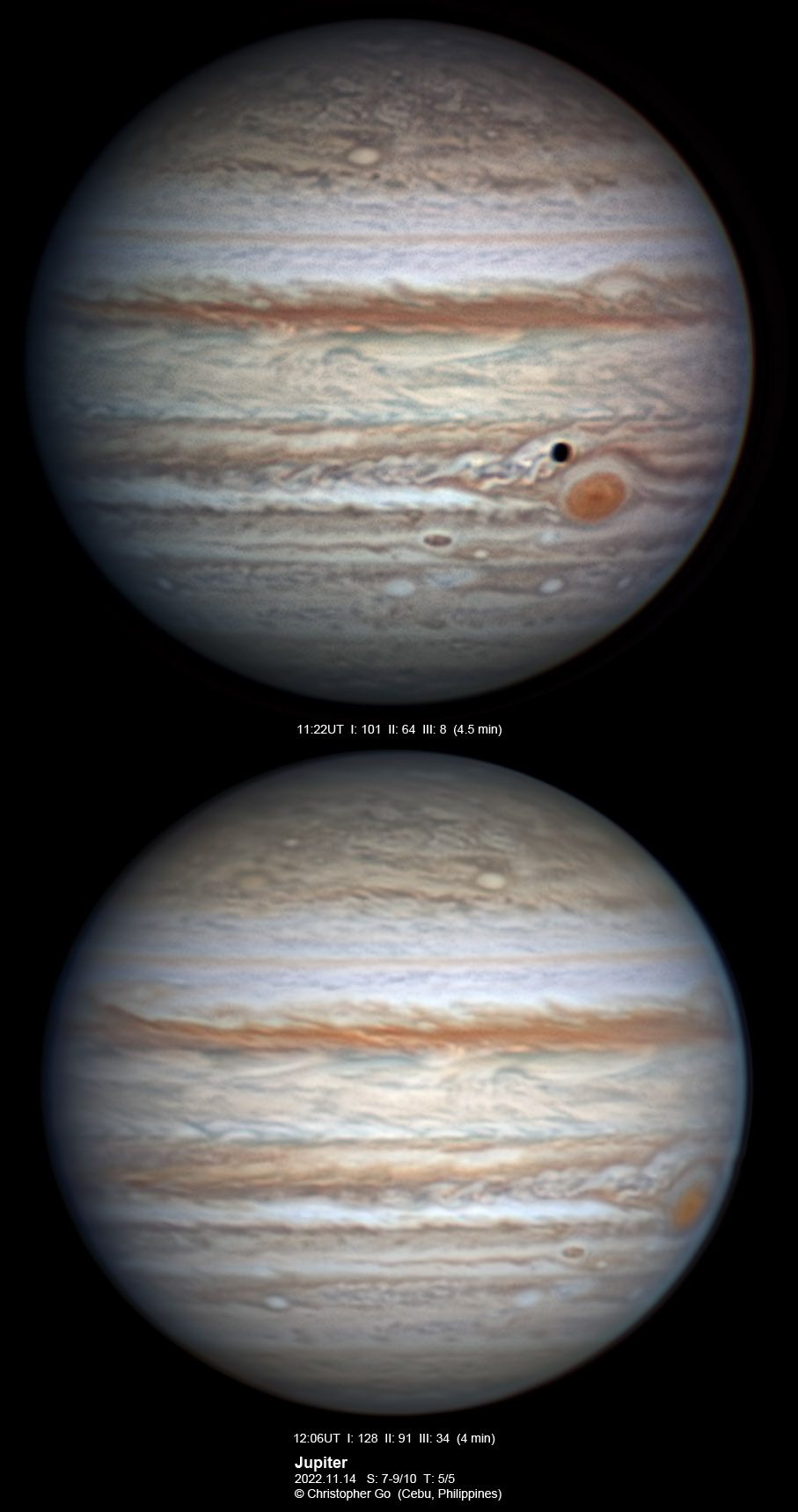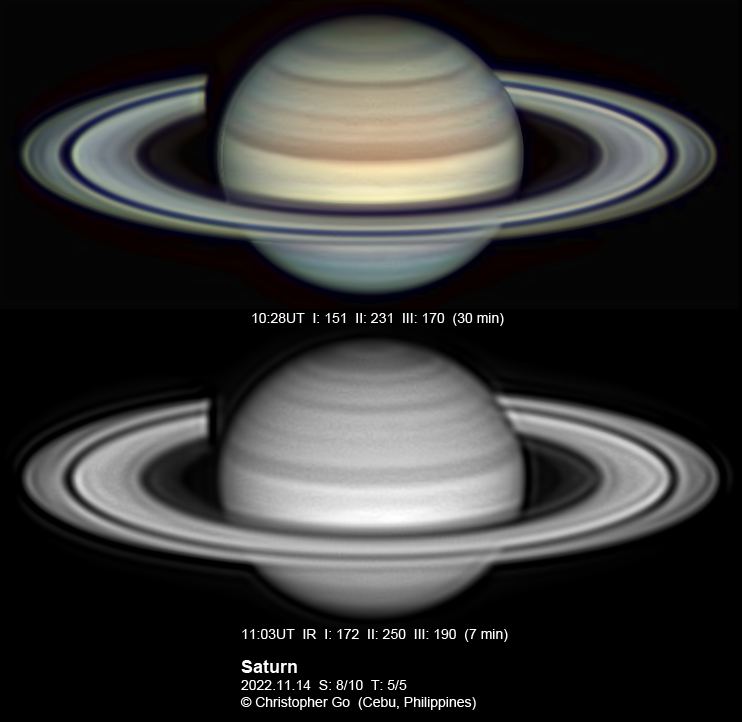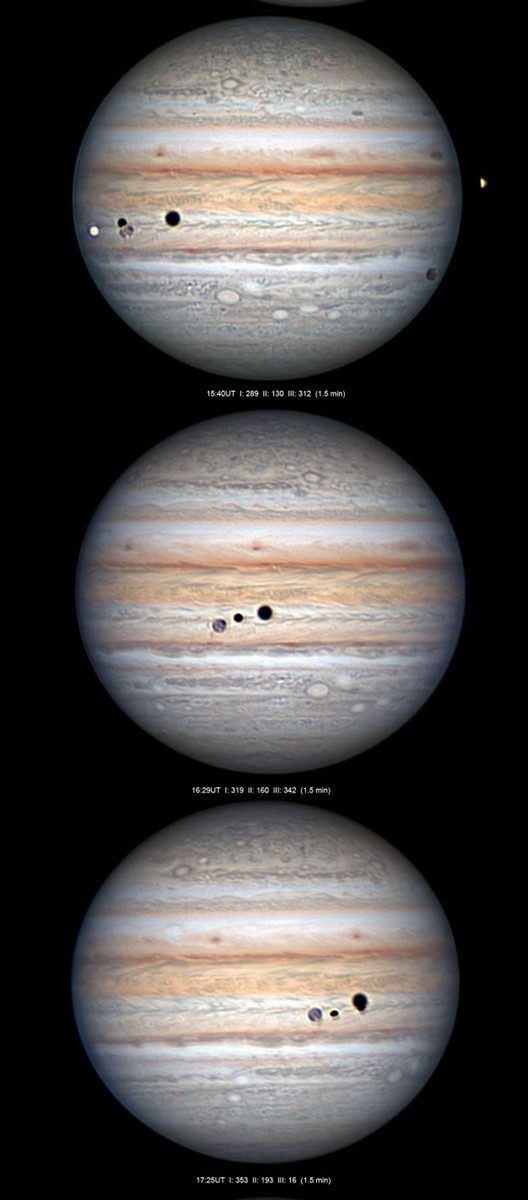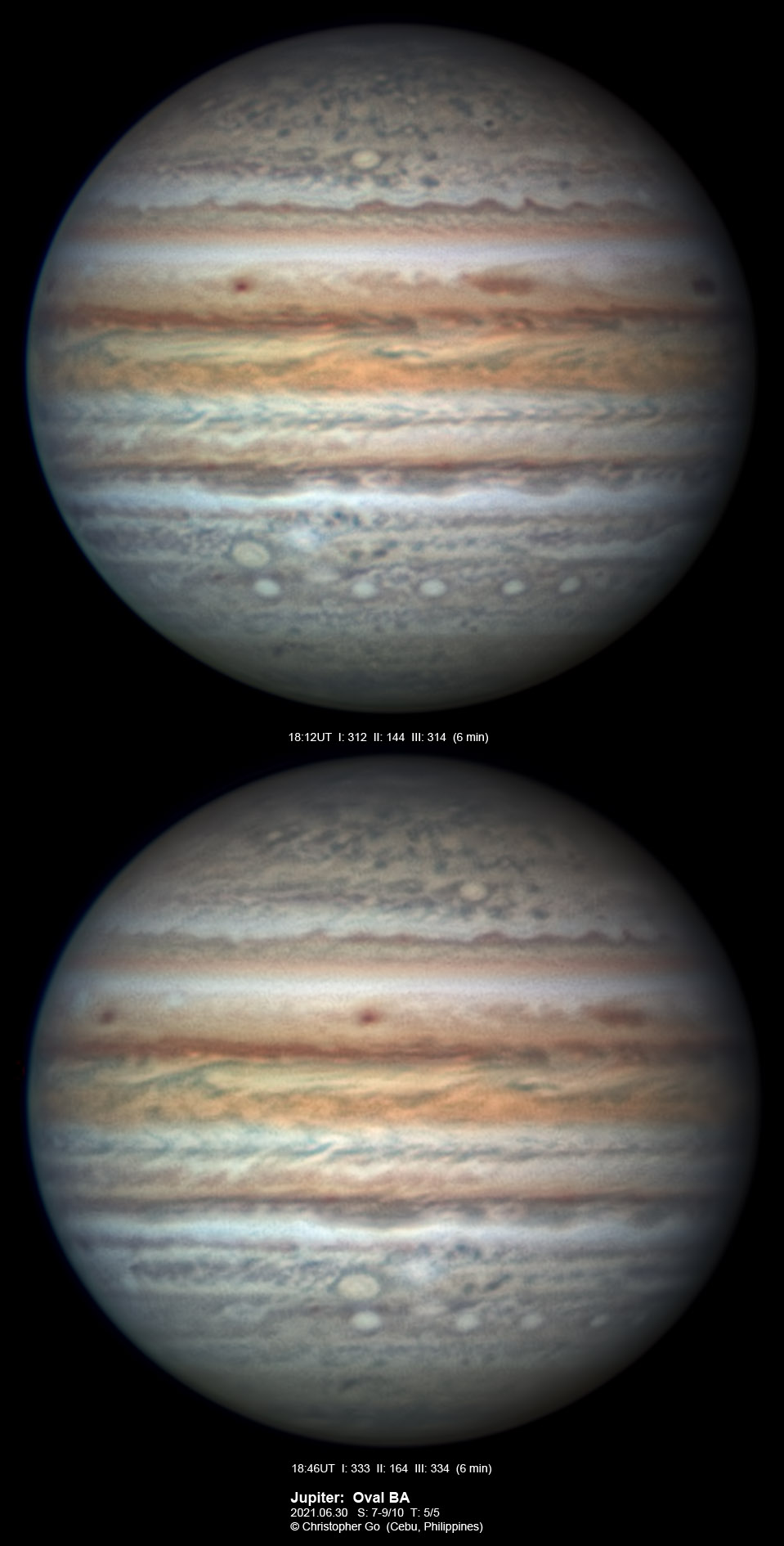Christopher is an amateur astronomer who lives on the island of Cebu, Philippines now.
In 2015, the International Astronomical Union officially designated Asteroid 2000 EL157 to 30100 Christophergo. This asteroid was discovered in March 11, 2000, by the Catalina Sky Survey.
“I have been an amateur astronomer since 1986 years and an astrophotographer since 1990! I started out during the last apparition of Halley’s Comet. I was still in High School then. I used a 10X40 binocular for 4 years. In 1988, with a few friends, we started the University of San Carlos Astronomical Society. I also went to Davao City to view my first total solar eclipse on March 18 of this year. That year was also the year of the Mars Opposition.”
“…On Jan 15, 1990, I received my first telescope! It’s a Meade 2080LX5 Schmidt Cassegrain Telescope. “
“…I got married in 1998 to my wife Vicky! I slowed down a bit after that but not for long. I placed my name on the AP900GTO list in 2001. The following year, I got an email from Astrophysics that I can order the mount with a December 2002 deliver. I sold my QMD on August 2002. But my mount was delayed! I did not get my mount till June 2003! “
“…On January 24, 2008, I co-authored a paper in the Journal Nature on the NEB revival with Agustin Sanchez-Lavega. I received the ALPO’s 2008 Walter Haas Award. On October 2008, I attended the 40th DPS meeting at Ithaca, NY. On February 24, 2009, Mike Wong and I joined the Hubble Heritage Team to image the Quad Transit in Saturn using the Hubble Space Telescope. On June 3, 2010, Anthony Wesley and I imaged a fireball on Jupiter. In 2011, I co-authored another Nature paper with a group of astronomers working with the Cassini Spacecraft.”
You can contact Chris at chris@cstoneind.com.
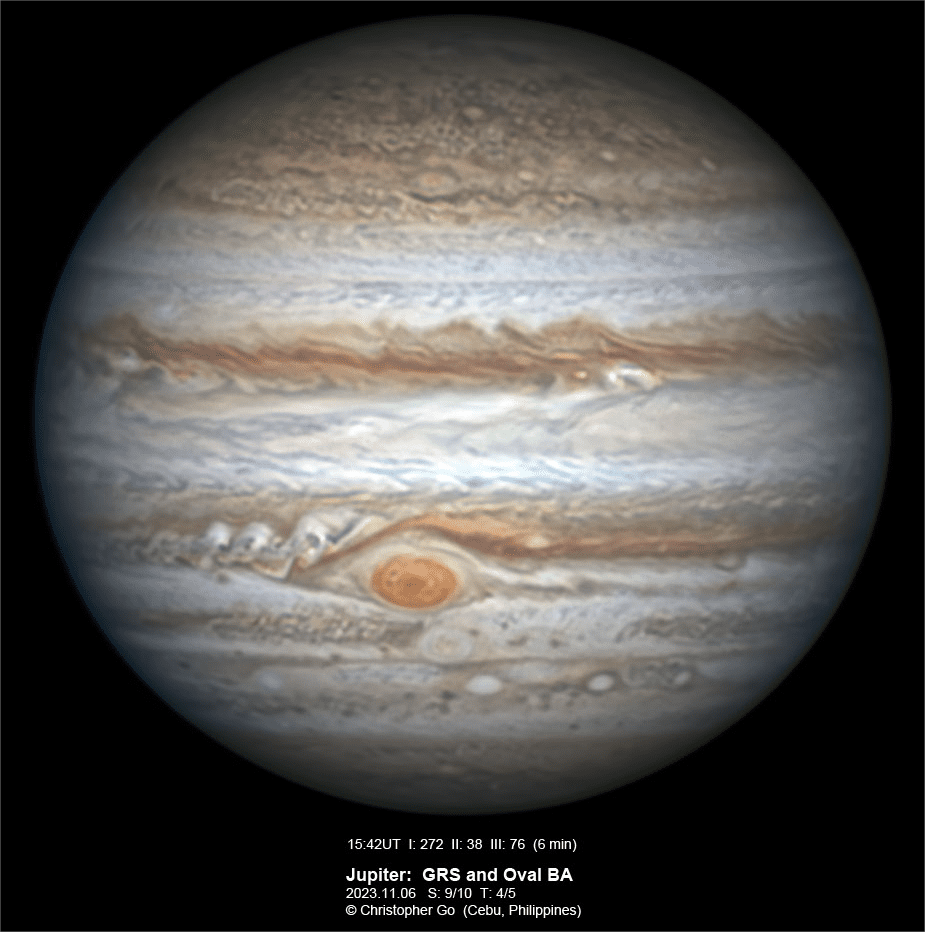 GRS/Oval BA conjunction captured by Christopher Go with QHY5III678M camera
GRS/Oval BA conjunction captured by Christopher Go with QHY5III678M camera
Author: Christopher Go
Camera: QHY5III678M
“I finally imaged something that I never thought would image! Enceladus and it’s shadow can be seen in transit. I never thought that this was possible because Enceladus is such a small moon. Now we know it is possible to image such an event.
There is a dark spot at 44N exactly at the CM. There is a bright spot on the EZs just below the ring to the left of the CM. Tethys can be seen on the left above the ring.”
Jupiter with QHY5III462C
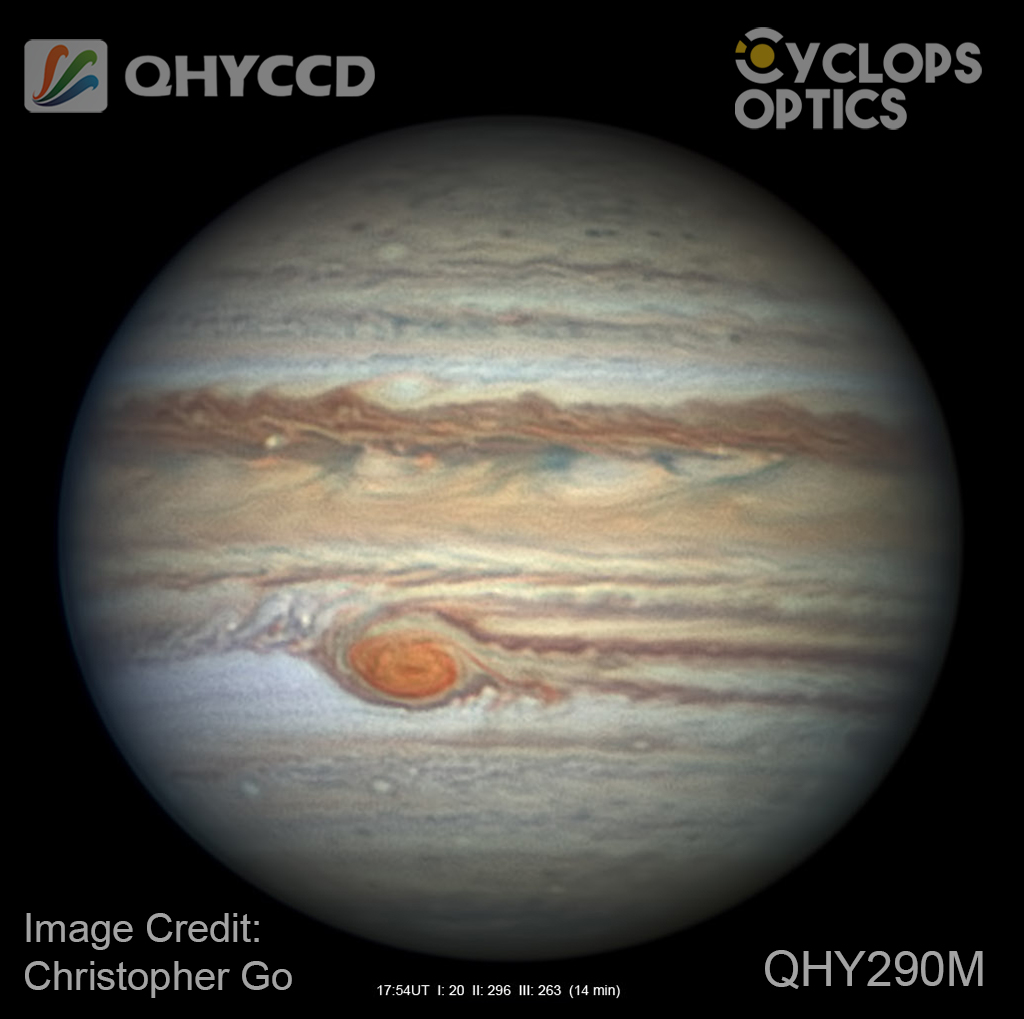 Jupiter with QHY5III290M
Jupiter with QHY5III290M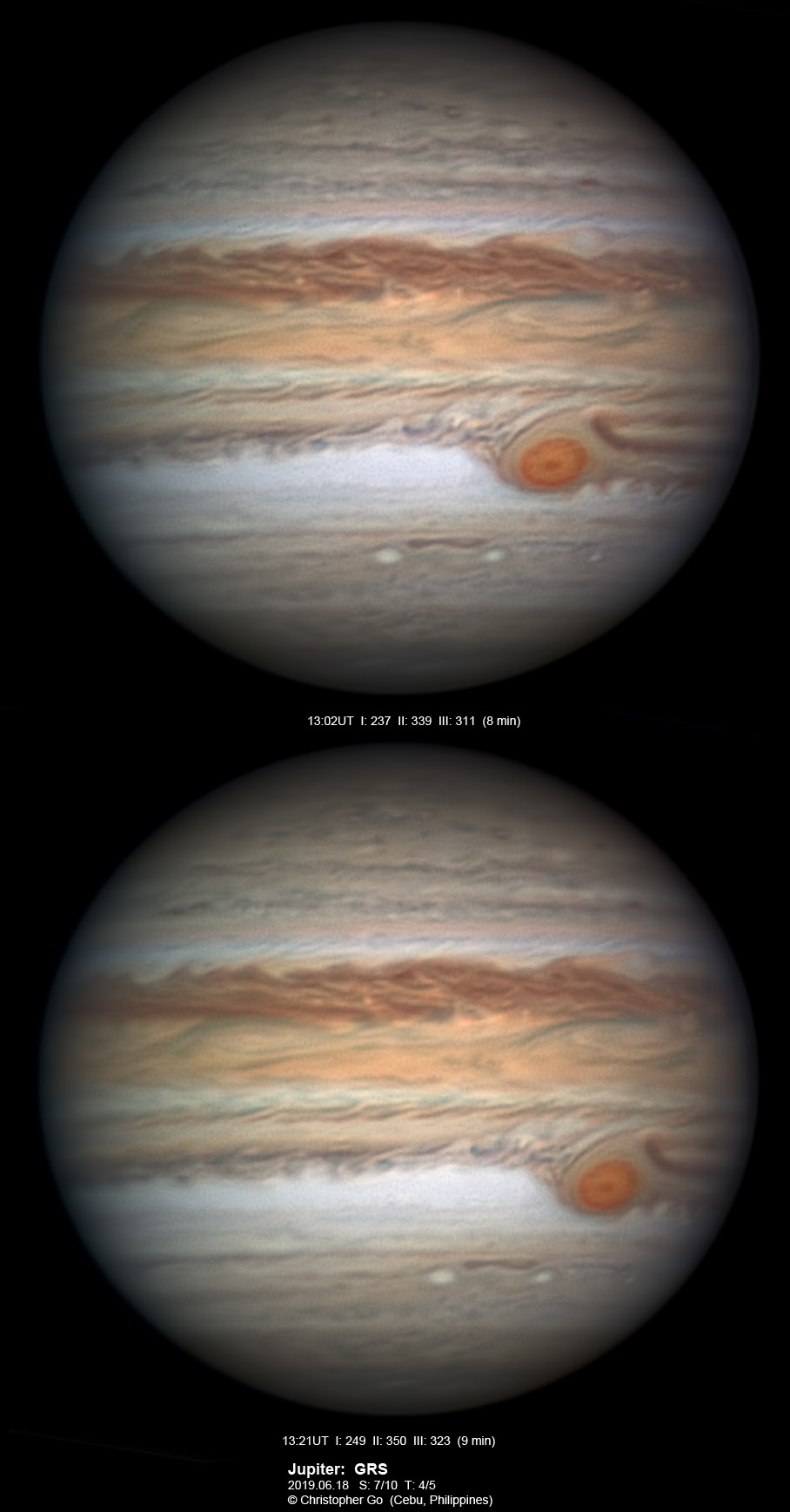 Jupiter with QHY5III290M
Jupiter with QHY5III290M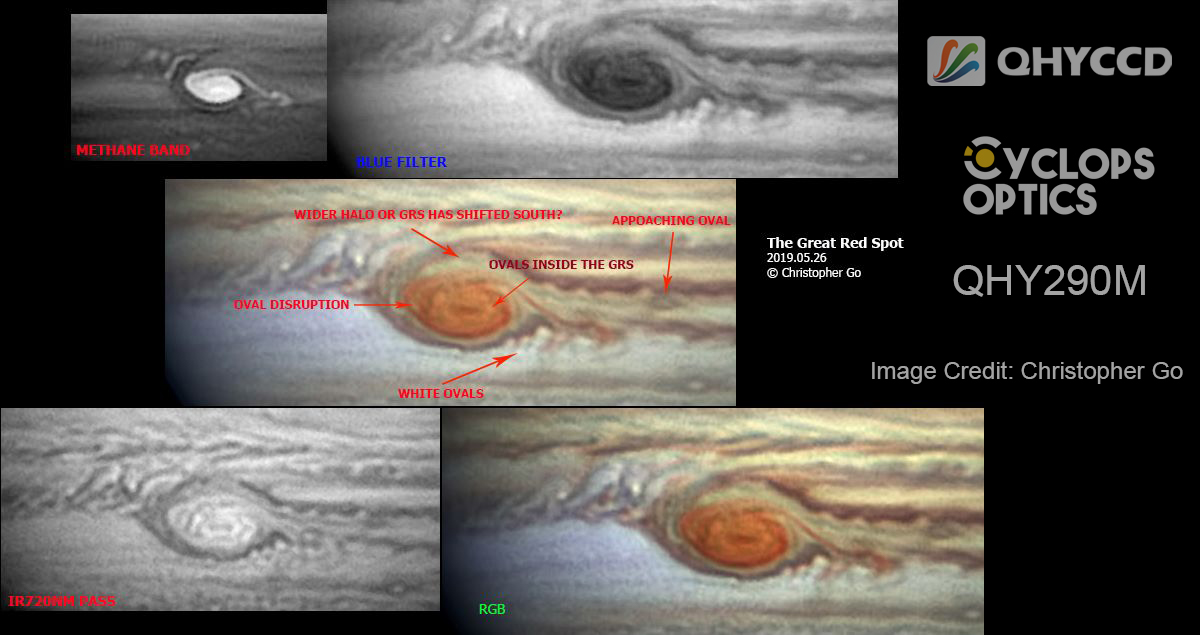 The GRS with QHY5III290M
The GRS with QHY5III290M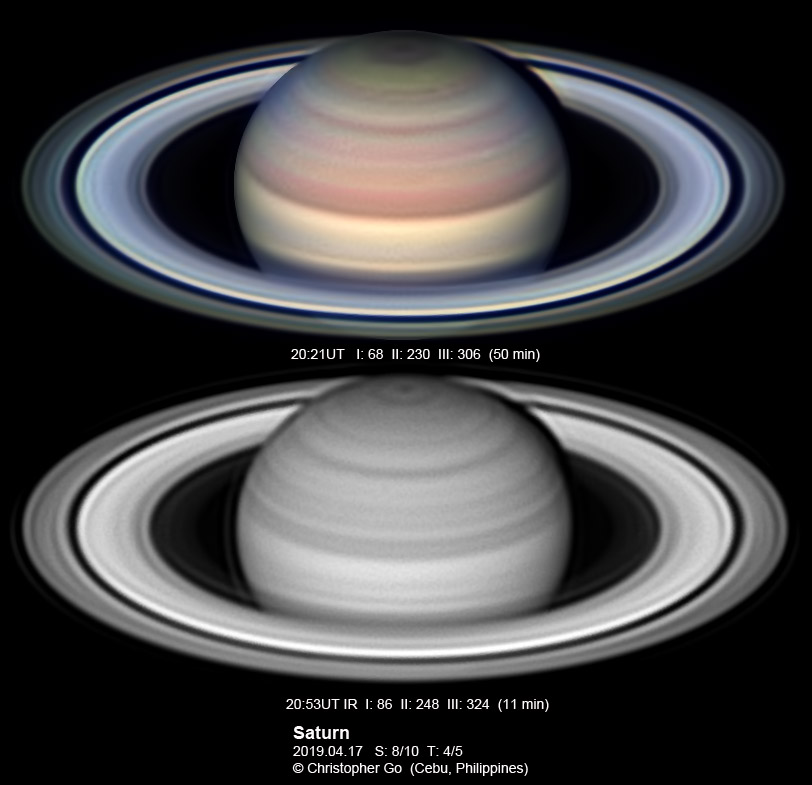 Saturn with QHY5III290M
Saturn with QHY5III290M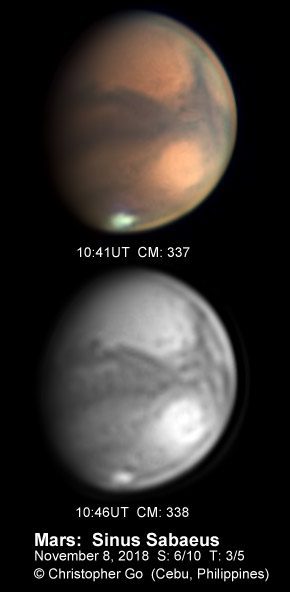 Mars with QHY5III290M
Mars with QHY5III290M


